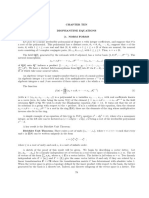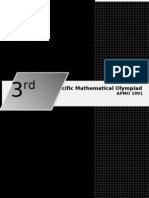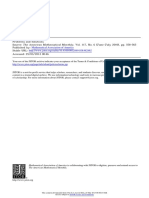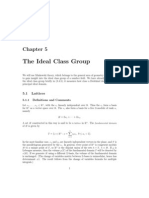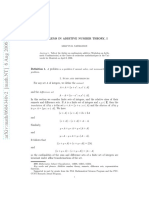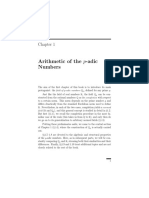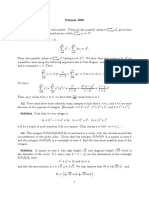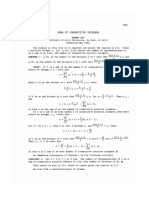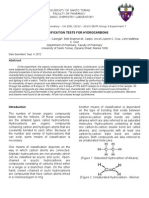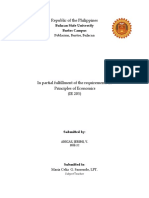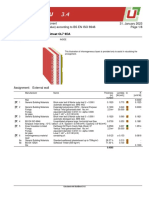0% found this document useful (0 votes)
76 views5 pagesGeometry - of - Numbers - (PG - 87 91)
The document discusses the contraction of an M-set C with area greater than 4 to a smaller M-set C0, demonstrating that translates of C0 centered at lattice points overlap. It establishes that if the area of C is greater than 4, then C must contain a lattice point other than the origin. The proof concludes by showing that even if the area is exactly 4, C must still contain a lattice point, thereby proving Minkowski's Fundamental Theorem.
Uploaded by
swhanson314Copyright
© © All Rights Reserved
We take content rights seriously. If you suspect this is your content, claim it here.
Available Formats
Download as PDF, TXT or read online on Scribd
0% found this document useful (0 votes)
76 views5 pagesGeometry - of - Numbers - (PG - 87 91)
The document discusses the contraction of an M-set C with area greater than 4 to a smaller M-set C0, demonstrating that translates of C0 centered at lattice points overlap. It establishes that if the area of C is greater than 4, then C must contain a lattice point other than the origin. The proof concludes by showing that even if the area is exactly 4, C must still contain a lattice point, thereby proving Minkowski's Fundamental Theorem.
Uploaded by
swhanson314Copyright
© © All Rights Reserved
We take content rights seriously. If you suspect this is your content, claim it here.
Available Formats
Download as PDF, TXT or read online on Scribd
/ 5



